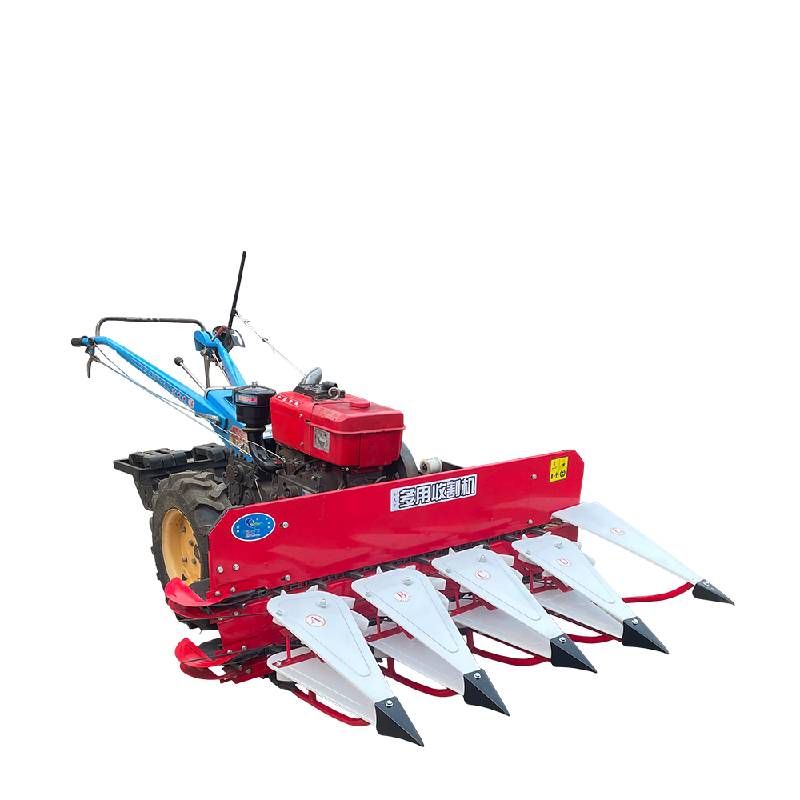Efficient Corn Harvester Solutions for Modern Agriculture
The Evolution and Importance of Corn Harvesters
Corn, or maize, is one of the most significant crops grown worldwide, serving as a staple food for billions and providing raw materials for various industries. As the demand for corn continues to rise, so does the need for efficient harvesting techniques. This is where corn harvesters come into play, transforming the way farmers approach the corn harvest.
The history of corn harvesting has evolved tremendously from manual methods to advanced mechanized systems. Initially, farmers relied on simple tools like sickles and hoes to harvest corn. This labor-intensive process was not only time-consuming but also required considerable physical effort. As agriculture progressed, the mechanical revolution began, introducing machines that could streamline and enhance the harvesting process.
The modern corn harvester, often a combine harvester outfitted with specialized headers for corn, is a marvel of agricultural engineering. These machines are designed to cut, thresh, and clean corn in a single pass, significantly increasing efficiency. Today’s corn harvesters are equipped with cutting-edge technology that allows them to operate with precision and speed, paving the way for higher yields and reduced labor costs.
One of the critical advancements in corn harvesting technology is the integration of GPS and precision farming techniques. Farmers can now utilize data analytics and satellite imagery to monitor crop health, optimize planting schedules, and tailor harvesting strategies. This technological integration allows for more accurate field mapping and enhances decision-making processes, resulting in improved productivity. Moreover, modern corn harvesters are equipped with sensors that monitor moisture levels and crop quality, ensuring that the harvested corn meets market standards.
corn harvester

Environmental sustainability is another important aspect that these machines address. By implementing practices like reduced tillage and improved crop rotation, corn harvesters contribute to soil health and reduce erosion. Many newer models are also designed to minimize fuel consumption and lower greenhouse gas emissions, aligning with the growing emphasis on sustainable agriculture.
Additionally, the importance of corn harvesters extends beyond just the efficiency of harvesting. They play a crucial role in the broader agricultural economy. With corn being a vital commodity for food products, animal feed, and biofuels, the efficiency provided by these machines ensures a stable supply chain. Consequently, this stability helps stabilize market prices and supports the livelihoods of farmers and agricultural workers.
As the global population continues to grow, the agriculture sector is faced with the challenge of feeding billions. The evolution of corn harvesters is a testament to human ingenuity in addressing this challenge. By combining advanced technology with sustainable practices, corn harvesters not only enhance productivity but also contribute to a more secure and sustainable agricultural future.
In conclusion, the corn harvester is an essential tool in modern agriculture. Its evolution from simple hand tools to complex machines highlights the ongoing journey towards efficiency and sustainability. As we look to the future, the role of corn harvesters will only grow more critical in meeting global food demands and ensuring the sustainability of agricultural practices.
Latest news
-
Mini Combine Harvester for Paddy – Compact, Efficient Rice Harvesting SolutionsNewsNov.24,2025
-
Mini Chain Harvester: Compact Forestry Solutions for Sustainable LoggingNewsNov.23,2025
-
Kartar Mini Harvester – Compact, Efficient Harvesting Machinery for Small FarmsNewsNov.23,2025
-
Compact Power: Elevate Your Farming with Harvesting Machine SmallNewsNov.22,2025
-
Discover the Power and Potential of Harvester Mini Combine Machines | Efficient Small-Scale HarvestingNewsNov.22,2025
-
Compact Harvester Machines: Small-Scale Agriculture’s Big AdvantageNewsNov.21,2025








